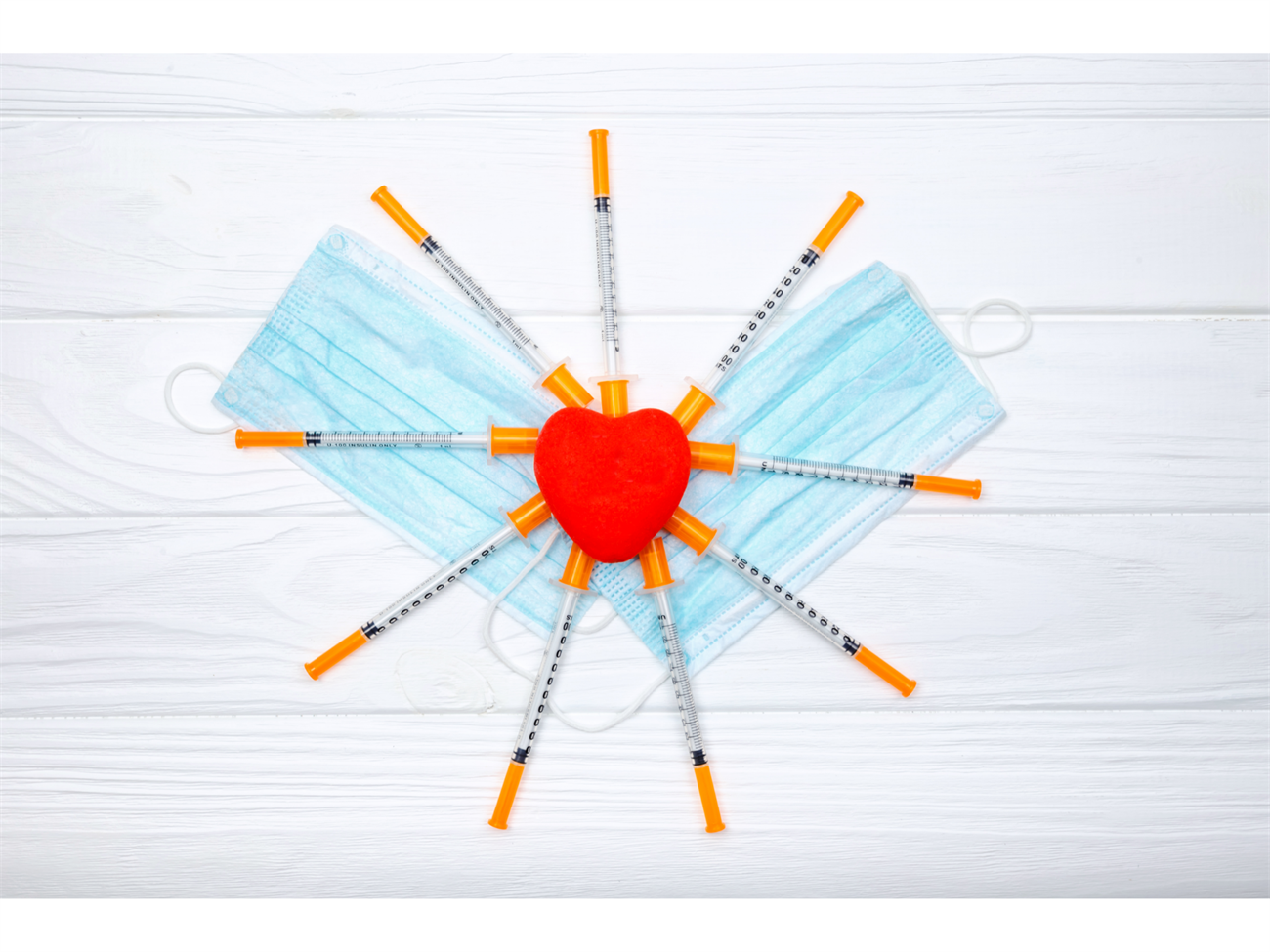The role of N95 mask in protecting against bacteria and viruses
"N95" is a standard established by the National Institute of Occupational Safety and Health (NIOSH) under the US CDC, not a specific product name. As long as it conforms to the N95 standard and has passed the NIOSH review, the product can be called "N95 mask".
Among the nine standards formulated by NIOSH, N95 is the lowest standard for infection protection, which is cheap and easy to be adopted by medical institutions. N95 masks are used for occupational respiratory protection, including certain microbial particles (such as viruses, bacteria, mold, Bacillus anthracis, Mycobacterium tuberculosis, etc.).
The biggest feature of the N95 mask is that it can prevent droplet infections caused by patients' body fluids or blood splashes. The size of the droplets is 1 to 5 microns in diameter. The United States Occupational Safety and Health Administration (OSHA) stipulates that for medical institutions, medical personnel exposed to tuberculosis bacteria must wear masks above the N95 standard.
safety standard
The N95 mask is one of nine standards established by NIOSH in 1995. "N" means "not resistant to oil". "95" means that when exposed to the specified number of special test particles, the particle concentration in the mask is 95% lower than the particle concentration outside the mask. The 95% value is not the average value, but the minimum value.
N95 masks are tested with 0.3 micron sodium chloride particles, and the barrier rate must be more than 95%. When the tightness test of the wearer's face is performed, it is ensured that the air can enter and exit through the mask when it is close to the edge of the face. Only those who meet this test will be issued an N95 certification number.
Performance limitations
Infectious diseases of the respiratory tract are not only transmitted through the respiratory tract;
Preventive measures should precede exposure;
The tight structure of the mask and high-efficiency filtration will increase breathing resistance and reduce comfort;
Suitability-If the mask design is not suitable for the user's face shape, it will cause leakage;
Under the requirements of suitability and correct use, protective masks can reduce the concentration of harmful substances by 90%.
The government has not established safe exposure limits for pathogenic microorganisms. Respiratory protection only reduces the risk of illness, but does not eliminate the risk. .







